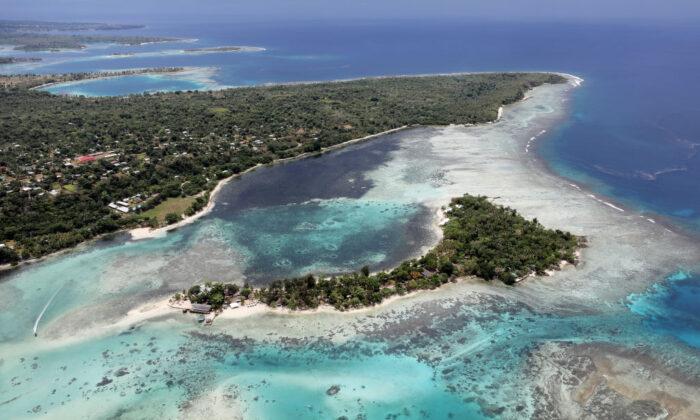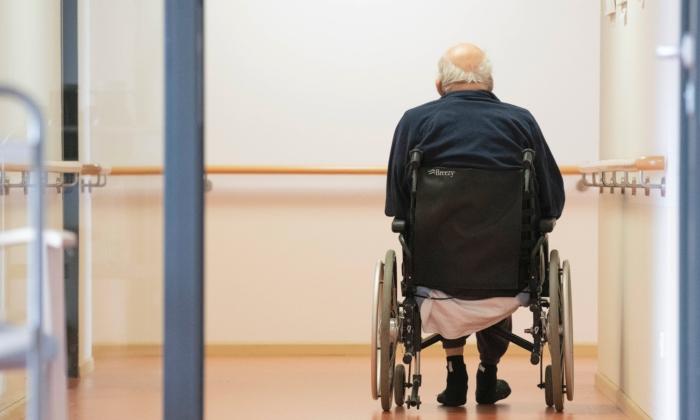Sydney Airport passenger traffic has rebounded closer to pre-pandemic numbers, according to a report released on Monday, pointing to a recovery in Chinese travel.
A total of 3.38 million people passed through the airport this July. That’s an increase of over 80 percent in passenger traffic compared to the pre-pandemic July of 2019.
A surge in people flying in from China has boosted traffic to the point where the “international recovery has overtaken the domestic recovery.”
In fact, Sydney Airport said this was “the first time Chinese passengers have ranked as the number one overseas visitors since pre-pandemic 2019 when they consistently were the most popular foreign passport holders at Sydney Airport.”
The Sydney Airport says 1.3 million travellers passed through the T1 international terminal in July, resulting in an 89.1 percent recovery rate compared to July 2019. Chinese nationals represented a 76 percent recovery rate, up from 69 percent in June.

Passengers arrive at Sydney International Airport on Jan. 23, 2020. Don Arnold/Getty Images
Domestic traffic saw an increase of over 4.1 percent year-to-date this July, representing an 87 percent recovery rate compared to July 2019.
South Korea a Burgeoning Market
South Korea is another emerging boon for airport traffic, with a 20 percent increase in passengers compared to July 2019.Sydney Airport says the Seoul-Sydney route has grown from two to five airlines operating since pre-covid times, including Korean Air, Asiana Airlines, T’way Air, Jetstar and Qantas.
Although it’s mostly positive news, Sydney Airport CEO Geoff Culbert says the underlying result on passenger traffic for July is mixed.
He said it’s a “two-speed recovery, with strong growth from China, Korea and India offset by lagging markets like the USA and New Zealand. The lag is being driven by a lack of seat capacity rather than a lack of demand. Additionally, seats from the Middle East remain well below pre-covid levels, down 27 percent on July 2019.”
Culbert says the domestic trend regarding passenger numbers has been stagnant over the past 15 months.
“We continue to see evidence of unused slots going to waste, with a persistent mismatch between slots held by domestic airlines and the schedule that is flown,” he said.
China reopened their border on Jan. 8 this year after ending a three-year zero covid campaign. This August, China has also lifted a ban on tour groups travelling abroad to countries like Australia, the USA and South Korea, signalling a return to a relative normal.
However, a Wall Street Journal report indicates that foreigners don’t want to go to China for a holiday. According to the journal’s report, just 52 thousand people organized a trip with a tour agent in the first quarter of the year. That indicates a drop of over 90 percent since before the pandemic.
As for Australia, international border closures are estimated to have cost the economy billions of dollars a month, however, proponents argue it saved an estimated 50 thousand lives. Since Australia reopened in February 2021, the tourism industry is one of the sectors that has seen a slow recovery.
Tourism Australia has even launched a “Come and Say G’day” campaign in China to try and get people to come down under.






